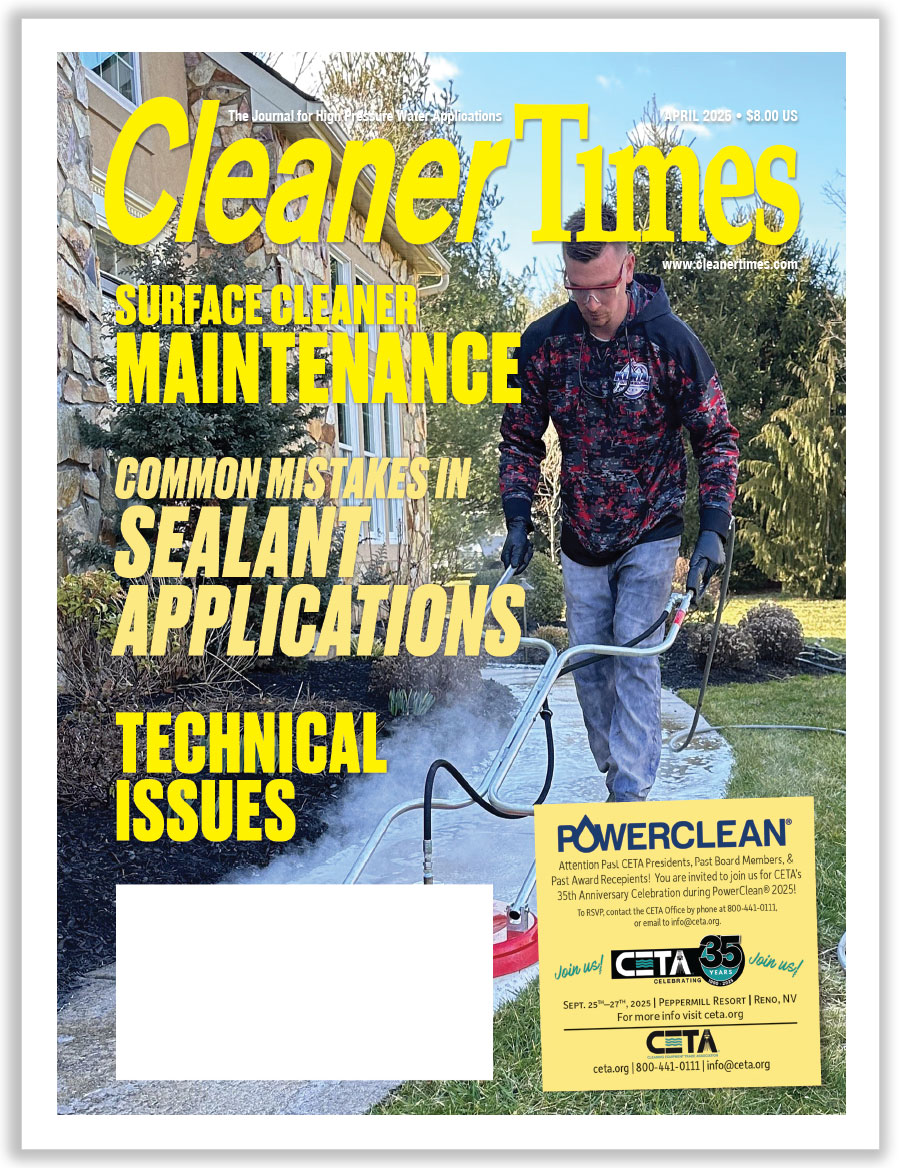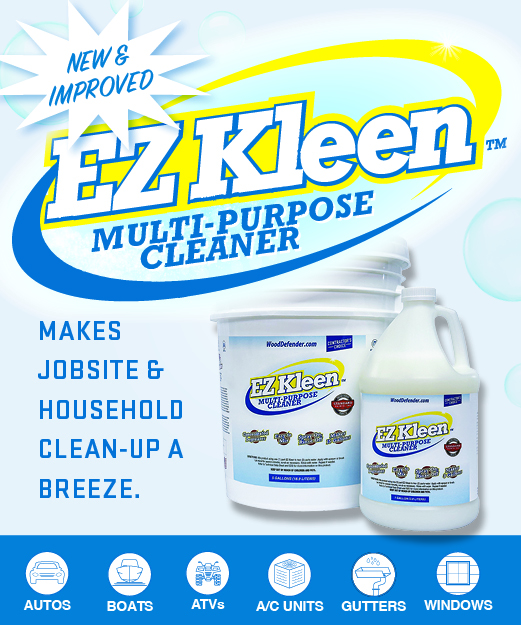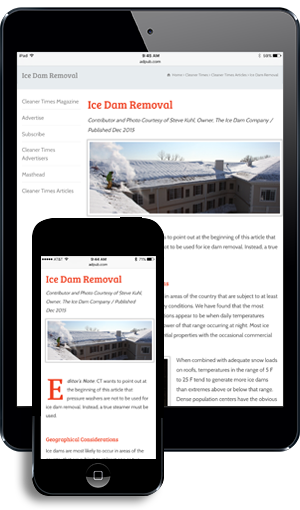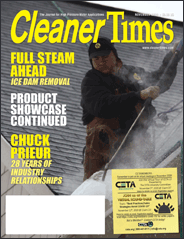
Shared Risk—Insurance
by Diane M. Calabrese | Published April 2025

Barn raisings and bucket brigades were forms of insurance in America’s 19th and early 20th centuries.
Folks helped rebuild a neighbor’s barn or moved buckets of water to put out a structural fire. There was expected a return in kind if ever needed. Reciprocity by community members replaced or stemmed losses, but only up to a point. If all members of the community lost their barns at the same time, the reciprocal model disintegrated.
Here the idea of shared risk—insurance—enters the picture. Risk might be distributed among members of a local community who contribute to a fund that gets tapped following a devastating event.
Or risk might be spread. Enter commercial entities that offer insurance. They make it their business to identify potential risks, assess them, and offer compensation for losses if an insured adverse event occurs.
In 2025 insurance is available for virtually any adverse event. Available for a price, of course.
As to the when of the origins of insurance, historians in the field are all over the place. Many begin with seafarers (across times and nations) who tried to protect their ships and cargo.
Take bottomry as an example. Bottomry was a contract where a ship’s owner borrowed money using the ship as collateral. The loan was used to pay for emergencies or repairs during a voyage. The lender could only get their money back if the ship returned safely. Bottomry is no longer practiced today. Insurance deception schemes, such as abuses of bottomry, quickly followed the advent of insurance. For example, why not insure a high-value cargo and off-load it short of its destination, then declare a loss and collect the insurance while retaining the cargo to sell again? In the 17th century insurers were unlikely to send investigators in pursuit.
Today we not only have a pile-up of staggering losses (there are more people on the planet, more structures, etc.), but we also have many creative deceivers. Both realities drive up the premiums that must be paid for insurance.
Yet even before we get to the cost of insurance, we confront a more vexing problem: Which forms of insurance do we need?
Most businesses will not want to insure against a meteor hit. Easy. But what about smoke versus fire. And what about property damage from riots or terrorism?
There’s a tremendous amount of information about risk that a business owner must sort through. That’s only after the owner has secured all the mandated forms of insurance.
The bottom line—mandates—is where we begin. If a business has employees, the federal government requires it to have three forms of insurance: workers’ compensation, unemployment, and disability. Individual states (and some localities) may have additional insurance requirements that must be met before licenses are awarded.
Let’s get perspective from two members of our industry. Each of them has experience working as firefighters prior to launching their businesses. That experience gives them a more expansive understanding of risks.
Keep This in Mind
Where should one begin? Consult with an insurance agent or broker who knows the industry.
Also take advantage of ties through professional organizations to seek advice from veteran industry members. Individuals new to the industry should not overlook the significance of talking with someone already immersed in it.
Understand that there’s a universal question: Can a contractor (or distributor or manufacturer) ever obtain enough insurance to cover all adverse events that might occur, or is the cost of covering everything prohibitive?
“’Acts of God’ is a term used in insurance to cover an array of unfortunate circumstances, and exterior cleaners are covered with a solid insurance policy,” says Mike Dingler, owner of Firehouse Pressure Washing LLC in Peachtree City, GA. “The main two things you want your insurance policy to cover are who is working and what they are working on.”
Tackle the biggest risks first. “Cover your techs in case they get hurt with a solid workers’ comp policy, and cover your jobsites with a great commercial liability policy, and 99 percent of your future problems are covered,” explains Dingler.
But never make assumptions. “Read the fine print, and know and trust your insurance agent,” says Dingler.
The commercial liability policy for exterior cleaners is the place to start because it will “cover up to a certain amount of property damage, a 500k or one million dollar policy, etc,” says Dingler. “If you are just starting out in business, always make sure you are covered under a liability policy.”
Then move directly to another important precaution, advises Dingler. “Obtaining licensure as an LLC is a great next step to mitigate any financial liability in case of an accident, but insuring what you are working on is a must.”
Dingler gives us an example of what could happen and how insurance matters: “You are washing a home and an outlet arcs and starts a house fire. You want to make sure you have an insurance policy in place to cover all liability and damages that occur. If you don’t and the homeowner sues you for the damages—or much worse, the insurance company sues you—you may be out of business and on the hook financially for a very expensive repair.”
And Dingler strongly emphasizes one point. “Always operate a legit licensed and insured company,” he says.
(Professionalism matters to each member of the industry and to the industry as a whole. The stakes for everyone when some operate without necessary insurance, licensure, and equipment are reiterated by the professional organizations that represent members of our industry, such as PWNA, CETA, and UAMCC.)
The state-to-state variations in insurance means that industry members may experience different levels of difficulty in obtaining coverage they require. Dingler explains that in his state, workers’ compensation insurance was the most difficult to obtain at an affordable price.
“Here in Georgia, I was placed in an ‘assigned risk’ category with my first actual workers’ comp policy,” says Dingler. “A ‘ghost policy’ was necessary at first, which is a workers’ comp policy in which you exclude yourself.
“After the two years in the assigned risk category with no claims, I was able to transfer my workers’ comp policy to one that covers all workers all the time,” he continues. “This was a three-year process. Each state is different.”
In It Together
Do Hurricane Helene and wildfires in Southern California have an impact on premiums for contractors in North Dakota? Yes. The big picture of risk pools encompasses all of us.
“It has been said in the insurance industry that ‘we can insure you against anything and everything if you can afford the premium,’” says Roy Pennington, owner of Hi Pressure Cleaning Systems Inc. in Houma, LA. “At some point, everybody has to make a decision and say, ‘No more!’”
Pennington tells us why the “no more” of more and more has become necessary. “Today a Texas barbeque restaurant lost a lawsuit that awarded $2 million plus to a plaintiff that sued because she spilled hot barbeque sauce onto her thigh and got a second-degree burn—and red mark and blistering maybe. This is reminiscent of the McDonald’s hot coffee lawsuit of years gone by.”
What Pennington describes is the 21st-century manifestation of an exceedingly broad interpretation of risk and harm and commensurate compensation. We are far beyond the yarns spun in bottomry and the fraud that seeded ideas for so many mystery novels and noir films.
And, still, we are all in it together. Every adverse event that is overcompensated increases premiums.
Pennington is emphatic about the need for professionalism across the industry. Professionalism reduces risk. And reduced risks when pooled lead to lower premiums.
“One million dollars is basically the minimum liability coverage most of my customers ask for, which includes auto and general liability insurance,” says Pennington. “That said, we can establish our best practices and adhere to them and ask our customers to heed our advice.”
It’s possible to design and build equipment that is virtually foolproof, and that is what Pennington does. The problem is that he cannot select each user of the equipment to be sure the operator uses equipment only as intended.
Again, we are all in it together. Laxity by an equipment user can thwart outcomes even when the machines in use are excellent.
As for cost of insurance and local variation, sometimes a purchaser reaches a threshold that cannot be met. “In the coastal region, wind and hail protection on our buildings is now cost prohibitive,” says Pennington.
What’s the solution when full coverage is unattainable? “In the event of a hurricane strike, we reinforce roll-up doors and windows, prepare the best we can, and then hope for the best,” says Pennington. “I can’t afford 50–60k annual premium for hurricane insurance.”
Can the insurance industry be made to work for everyone in a way that compensates for adverse events while not making payouts for embellished happenings? Perhaps.
“To get on my soapbox, it is time for the laws to change and protect everyone from frivolous lawsuits,” says Pennington. “If your claim against me gets thrown out or you lose the suit, you pay, and your attorney is held liable for my defense expenses.”
That deterrent is not near, however, because “elected officials are predominantly attorneys,” says Pennington.
Meanwhile, members of the industry must do what they can. Work safely using the best methods and equipment.





